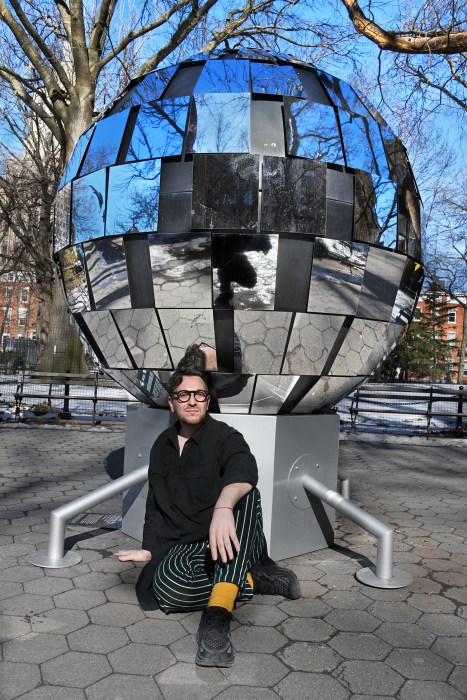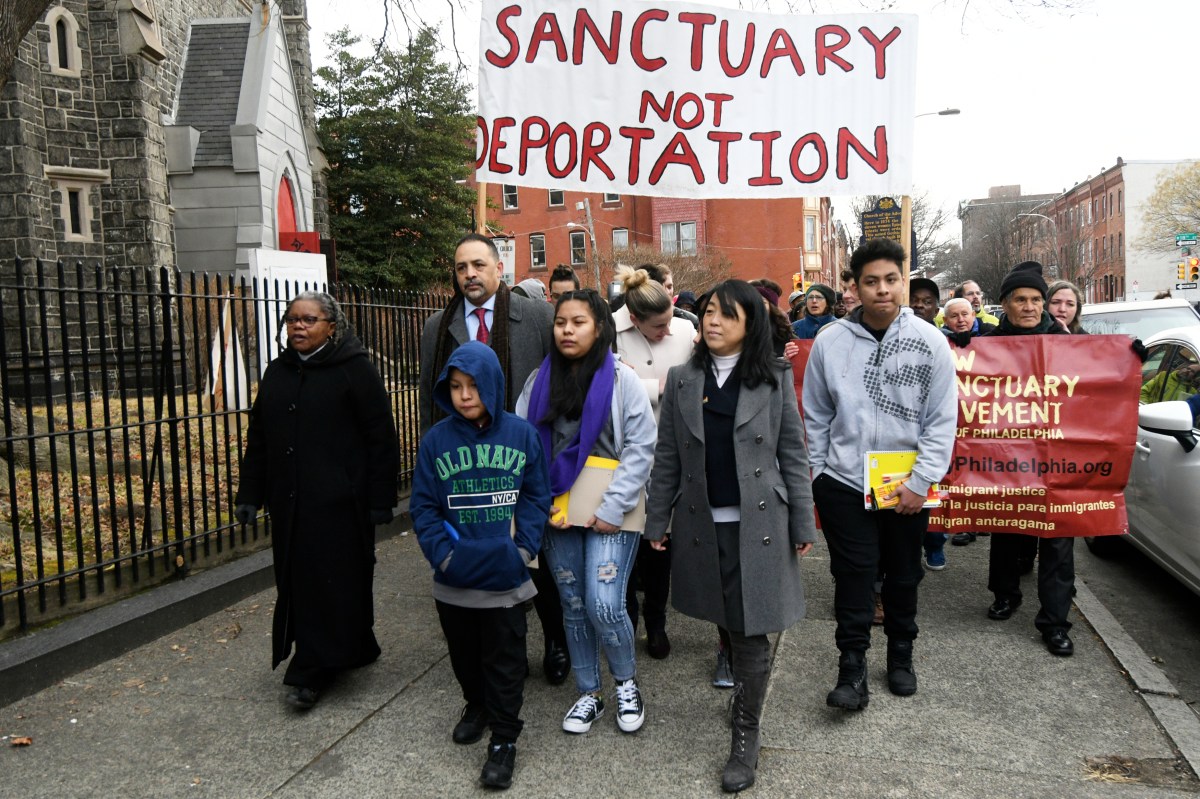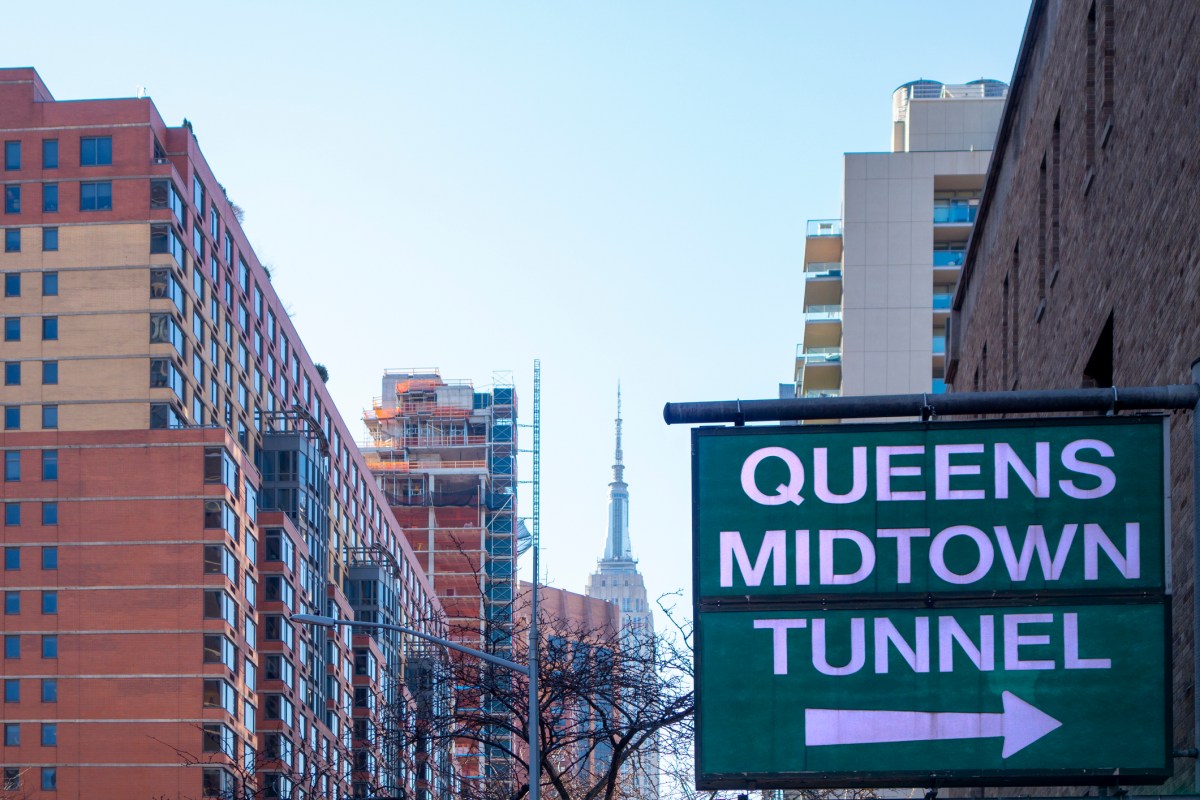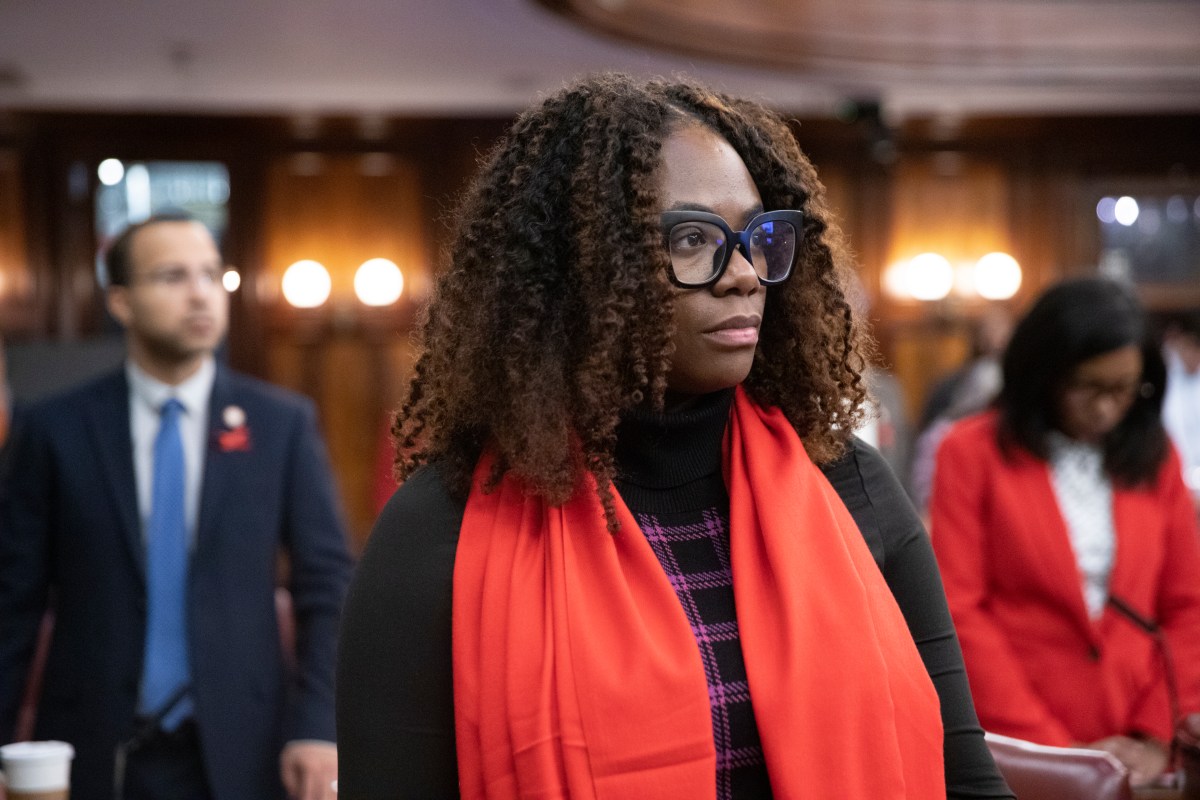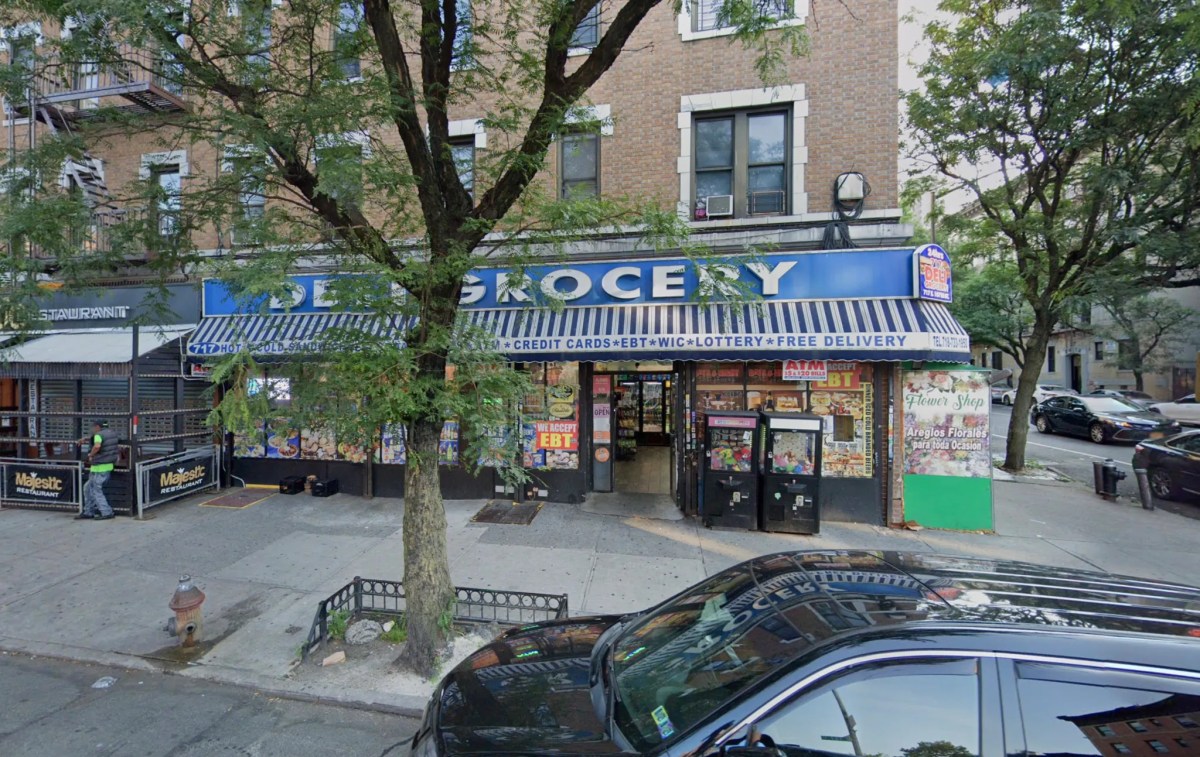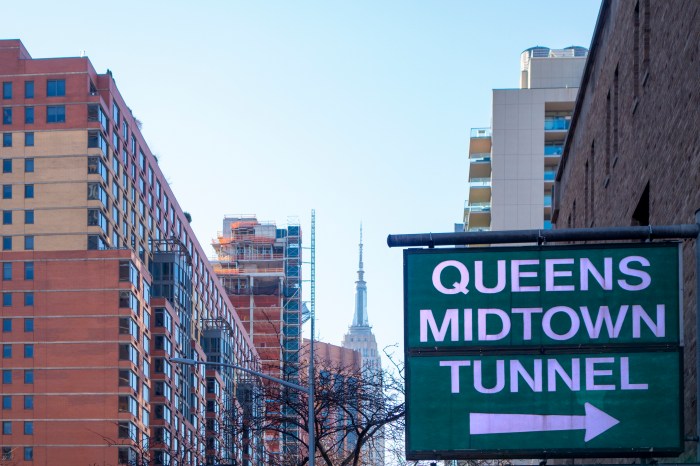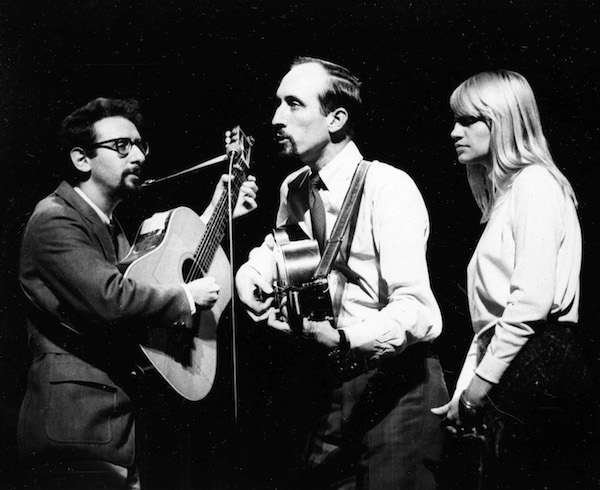
BY JIM MELLOAN | I remember well the first time I heard Peter, Paul and Mary’s “I Dig Rock and Roll Music.” It would have been sometime in late 1967. I was in London, in my parents’ bedroom, performing the chore I had been assigned: polishing the family’s shoes. It would have played on Radio 1, the BBC’s recently launched rock station set up to win young listeners who had been listening to pirate radio stations such as Radio Caroline.
As the trio sung the praises of The Mamas & the Papas, Donovan, and the Beatles, the whole thing seemed wrong to me. Surely you weren’t allowed to do that; talk about other acts in your own song.
I told my dad about the song. He agreed with me that this was a very bad thing to do.
As it turns out, Peter, Paul and Mary were not the first contemporary act to do this kind of name-checking. Arthur Conley had come out with a song a few months before called “Sweet Soul Music.” Written with Otis Redding, that song gives props to Lou Rawls, Sam & Dave, Wilson Pickett, James Brown, and Otis himself, as well as the Miracles’ “Going to a Go-Go.” But unlike the Peter, Paul and Mary song, which was written by trio member Noel Paul Stookey with James Mason and Dave Dixon, that song didn’t bitch about how its own author could really say something, but if he really did say it the radio wouldn’t play it.
Manager Albert Grossman put Peter, Paul and Mary together in 1961. The three were part of the Greenwich Village folk scene, and Grossman believed there would be a market for three well-blended voices with a hip, beatnik look. His instincts were good. Their first album, “Peter, Paul and Mary,” released in 1962, spent seven weeks at No. 1, and 10 months in the Top Ten album chart. In early 1962, Grossman signed Bob Dylan, and several of the trio’s biggest hits were written by Dylan.
“I Dig Rock and Roll Music” was the group’s first Top 40 hit since early 1965, and its first Top Ten hit since its versions of Dylan’s “Blowin’ in the Wind” and “Don’t Think Twice, It’s All Right” in 1963. Fifty years ago, the song peaked at No. 9 on the Billboard Hot 100: September 23 and 30 of 1967. It actually did not chart in the UK.
My friend Liz Burns recalls that she first heard the song at age eight, a couple of years after it came out. She had grown up with several Peter, Paul and Mary albums. She says that even at that young age she recognized that this song was “a pandering piece of crap.”
It was, partly. But at the same time, it was, depending on your perspective, either a gentle or bitter tweaking of the ascendant rock genre — which in the past three years had left folkies like Peter, Paul, and Mary in the dust — and a genuine celebration of that genre. Kind of a neat trick.
Some bitterness was certainly there. Mary Travers had told the Chicago Daily News in 1966, “It’s so badly written. … When the fad changed from folk to rock, they didn’t take along any good writers.” But the thing was, this time, maybe really one of the only times, the group really had themselves a beat. On “Album 1700,” the 1967 album on which “I Dig Rock and Roll Music” appears, they’re backed by members of The Paupers, a Toronto-based psychedelic rock band that Grossman had recently signed. The bongos that suffuse “I Dig Rock and Roll Music” hark back to the group’s original beatnik image, if not its sound. The three capture some of the essence of each of the three acts they reference: The Mamas & the Papas’ harmonies, Donovan’s mumbly psychedelics, and the Beatles’ backwards-playing studio tricks. And the tricky, bouncy counterpoint on the “Pah pah pahs” at the end wraps whole thing up with, to use an anachronistic word, pizzazz.
Too bad for the group that the earnest, pious crusading for social justice through music that they exemplified was now pretty much a thing of the past. The culture had seen the end of the effectiveness of such tactics, and was morphing into something more fun, weirder, and perhaps blissfully not as honest: the counterculture. Peter, Paul and Mary caught on, and were willing to play along.
The group finally had their only number one hit, “Leaving on a Jet Plane,” in 1969. That one, written by John Denver, was recorded in 1967 and also appears on “Album 1700.” It was a return to their more somber side, in keeping with the darker tones of 1969. But for one brief, shining moment, in 1967 when it was the thing to be, Peter, Paul and Mary were groovy.



